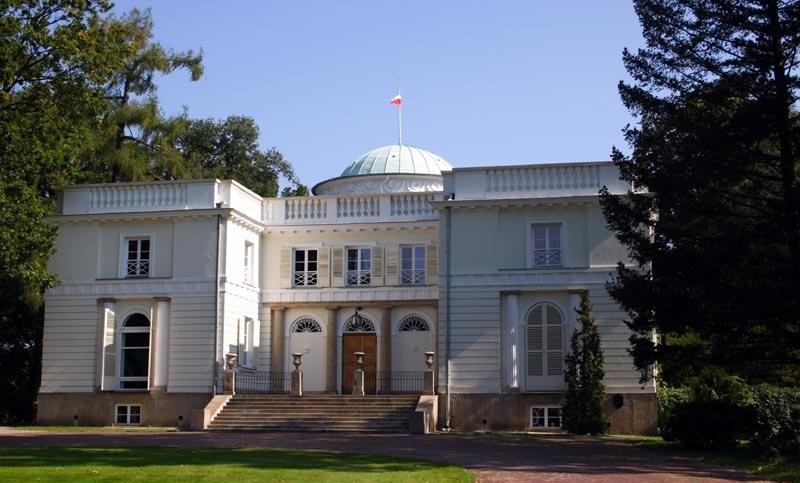|
Puławians
The Puławians, or the Puławy faction (Polish: ''Puławianie'', ''frakcja puławska''), as they came to be informally dubbed, comprised one of two principal communist groupings in Stalinist Poland which – in the spring of 1956, following the death of Bolesław Bierut – vied for power within the leadership of the Polish United Workers' Party (the ''PZPR''). The Puławians were known, during Poland's destalinization process, as reformists. The other – a hardliner – grouping were dubbed the Natolinians (''Natolińczycy''), or the Natolin faction. The Puławy faction included many communists of Jewish extraction Among the most prominent were Roman Zambrowski and Leon Kasman. Others included Stefan Staszewski and Adam Schaff. However, the Puławians also included prominent party and state functionaries of Polish ethnicity such as Edward Gierek, Piotr Jaroszewicz, Henryk Jabłoński, Mieczysław Rakowski, Andrzej Werblan, Janusz Zarzycki, Władysław Matwin, Adam Rapack ... [...More Info...] [...Related Items...] OR: [Wikipedia] [Google] [Baidu] |
Natolinians
The Natolinians, or the Natolinian faction (Polish language, Polish: ''Natolińczycy'', ''frakcja natolińska''), were a grouping within the leadership of the communist Polish United Workers' Party (the ''PZPR''). Formed around 1956, shortly after the 20th Congress of the Communist Party of the Soviet Union, it was named after the palace where its meetings were held, in Warsaw's Natolin Park and Palace, Natolin district. The main opposition to the Natolinians were the reformist Puławianie, Puławians, who included many PZPR members of History of the Jews in Poland, Jewish extraction. The Natolinians opposed the post-Stalinism, Stalinist liberalization program (the Polish October "thaw") and, as part of their strategy to seek power, voiced simplistic nationalist and anti-Soviet slogans. The best-known Natolinians included Franciszek Jóźwiak, , Zenon Nowak, Aleksander Zawadzki, Franciszek Mazur, , Kazimierz Mijal, Władysław Dworakowski, and Hilary Chełchowski. The Natolinian f ... [...More Info...] [...Related Items...] OR: [Wikipedia] [Google] [Baidu] |
Polish United Workers' Party
The Polish United Workers' Party (, ), commonly abbreviated to PZPR, was the communist party which ruled the Polish People's Republic as a one-party state from 1948 to 1989. The PZPR had led two other legally permitted subordinate minor parties together as the Front of National Unity and later Patriotic Movement for National Rebirth. Ideologically, it was based on the theories of Marxism-Leninism, with a strong emphasis on left-wing nationalism. The Polish United Workers' Party had total control over public institutions in the country as well as the Polish People's Army, the UB and SB security agencies, the Citizens' Militia (MO) police force and the media. The falsified 1947 Polish legislative election granted the Communist Polish Workers' Party (PPR) complete political authority in post- war Poland. The PZPR was founded forthwith in December 1948 through the unification of the PPR and the Polish Socialist Party (PPS). From 1952 onward, the position of "First Secretary ... [...More Info...] [...Related Items...] OR: [Wikipedia] [Google] [Baidu] |


